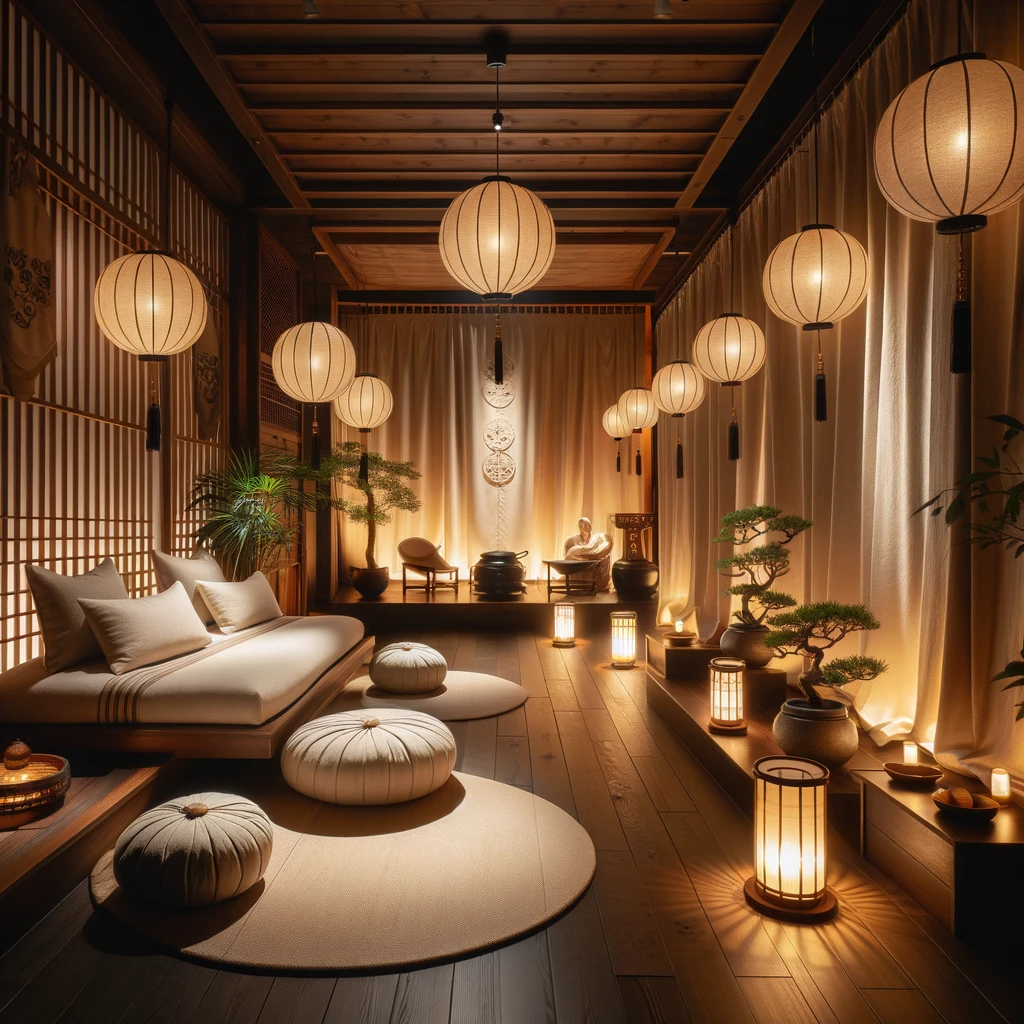In the bustling heart of Seoul, Gangnam district stands as a beacon of modernity and traditional charm. Among its many luxuries, massage services hold a special place, offering a sanctuary of relaxation and healing. From the time-honored techniques of traditional Korean massage to specialized therapeutic treatments, Gangnam presents a plethora of options to cater to every preference and need. This guide delves into the most popular massage types available in Gangnam, highlighting the unique aspects of each and how they contribute to overall wellness and relaxation.
Traditional Korean Massage
A Holistic Approach to Wellness: Traditional Korean massage 강남안마 is a holistic therapy that integrates various manual techniques to enhance physical health and emotional well-being. It embodies the principles of harmonizing the body’s energy, optimizing the flow of “Qi,” and balancing the mind, body, and spirit.
Visually Impaired Therapists’ Acupressure Massage
Empathy Through Touch: In Gangnam, the traditional acupressure massage performed by visually impaired therapists represents a unique and deeply empathetic approach to healing. These skilled practitioners leverage their heightened sense of touch to identify and alleviate tension points, offering an unmatched depth of relaxation and therapeutic benefit.
Jjimjilbang Massage
A Cultural Immersion: The Jjimjilbang massage, often part of the Korean sauna experience, combines the therapeutic effects of heat with traditional massage techniques. This synergy not only soothes sore muscles but also promotes detoxification and mental tranquility, making it a favorite among locals and tourists alike.
Posture Correction
Aligning Body and Mind: Specialized massages in Gangnam also focus on posture correction, addressing the imbalances and discomfort caused by modern lifestyles. Through a combination of manipulation and guidance, these treatments aim to realign the body, improve posture, and alleviate chronic pain.
Manual Therapy
The Art of Hands-On Healing: Manual therapy encompasses a variety of hand techniques, including stroking, kneading, pressing, shaking, tapping, bending, and movements. Customized to the individual’s body and ailments, this approach is instrumental in preventing diseases and maintaining health by stimulating the body’s natural healing processes.
The Nine Techniques of Korean Massage
- Anmo (Stroking): Gentle, gliding strokes that soothe the nervous system and promote relaxation.
- Yuyeon (Kneading): Deep, circular motions that target deeper layers of muscle tissue, enhancing circulation and muscle flexibility.
- Apbak (Pressing): Focused pressure applied to specific points to relieve tension and blockages.
- Jinjeon (Shaking): Vibrational movements that stimulate blood flow and relax stiff muscles.
- Gota (Tapping): Rhythmic tapping that invigorates the body and stimulates the flow of energy.
- Goksu (Bending Hand Techniques): Manipulations that enhance joint mobility and flexibility.
- Undong (Movements): A series of stretching and bending exercises to improve overall body function.
- Gyeonin (Pulling): Techniques that stretch the muscles and fascia, promoting flexibility and tension relief.
- Gyochong (Adjustment): Corrections to the skeletal alignment, joints, and nervous system to improve posture and functionality.
Frequently Asked Questions
What benefits can I expect from traditional Korean massage?
Traditional Korean massage offers a myriad of benefits, including stress reduction, improved circulation, enhanced flexibility, and a balanced energy flow throughout the body.
How does acupressure massage by visually impaired therapists differ?
Visually impaired therapists bring an extraordinary sensitivity to their practice, allowing them to detect subtle imbalances and tensions in the body with remarkable precision, providing a deeply therapeutic and personalized experience.
Are there any specific conditions or ailments that these massages can help with?
Yes, these massages can help with a range of conditions, including chronic pain, muscle stiffness, stress-related symptoms, poor circulation, and posture-related issues, among others.
How often should I get a massage for optimal benefits?
The frequency of massage should be tailored to individual needs and goals. For general wellness and stress management, a monthly session is beneficial. However, for specific ailments or conditions, more frequent sessions may be recommended.
Can everyone undergo these types of massages?
While most people can benefit from these massages, there are certain contraindications. It’s important to consult with a therapist about any health conditions or concerns before undergoing a massage.
Conclusion
The diverse range of massage types offered in Gangnam provides a unique opportunity to explore traditional and specialized therapies tailored to individual needs and preferences. Whether seeking deep relaxation, therapeutic relief, or a cultural experience, Gangnam’s massage services promise an unforgettable journey to wellness and tranquility. Embrace the healing touch of traditional Korean massage and discover the profound benefits it holds for the mind, body, and spirit.
